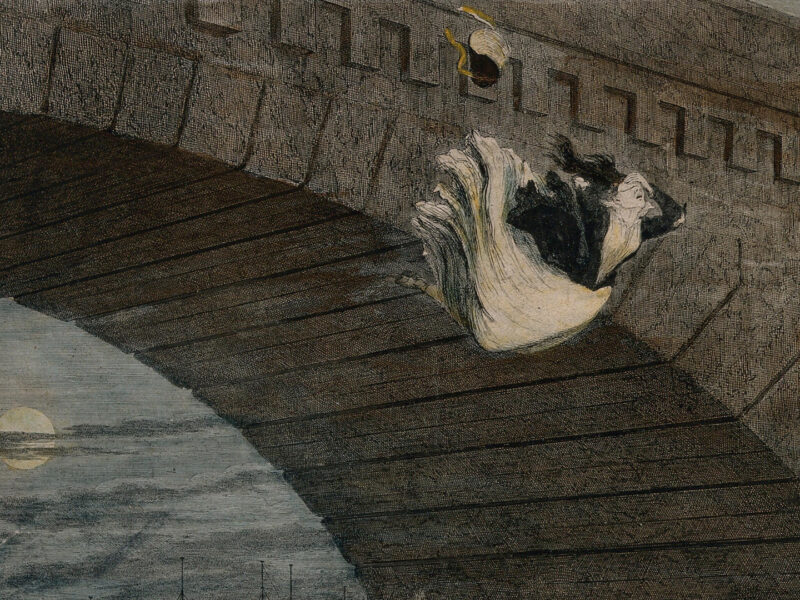The thin line between product display and advertising was examined in the High Court regarding the sale of cigarettes in a convenience store.
In 律政司司長 訴 牛奶有限公司 [2025] HKCFI 767, an interesting issue arose as to whether how cigarettes are displayed in convenient stores amounted to prohibited “advertisement”.
Advertisements for tobacco through all media have been banned in Hong Kong since the 90s through sections 12 and 13 of the Smoking (Public Health) Ordinance (Cap 371). “Advertisements” are also broadly defined under section 14.
In recent years, there has emerged a new trend to display cigarette products in convenience stores. Putting the cartons in well-designed and lit transparent boxes. These boxes are decorated by patterns and colours only without references to the cigarettes themselves.
Although acquitted by the magistrate, the prosecution argued that the boxes displaying the cigarettes constituted prohibited “advertisements” and appealed by way of case stated to the Court of First Instance. Conversely, the defense contended that merely displaying cigarettes at the point of sale is permitted and that the method of sale does not constitute an advertisement.
On appeal, the judge finds that whether specific sales techniques amount to advertisement is a matter of degree and extent. On evidence, there are doubts whether the boxes in this case can be said so. Thus, the prosecution’s appeal failed. However, the judge denied defence costs as the display in the boxes was not ordinary and held that the company brought suspicion upon themselves.
This case highlights the thin line between sales techniques and advertisements for tobacco in Hong Kong. The latter is strictly prohibited. However, it should not be taken that any sales techniques cannot fall within “advertisement”, which is broadly defined in the statute.
Gordon Chan, Esq
Barrister-at-law, Archbold Hong Kong Editor on Public Health, and Member of the Bar Association's Committee on Criminal Law and Procedure. Specialised in medical, technology and criminal law.



